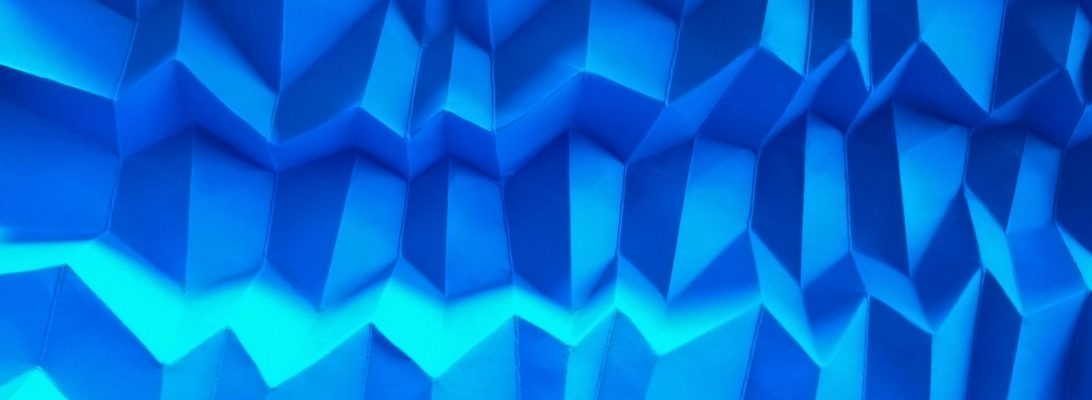As lightning crackled from the raging thunderstorm above, the electrodes sizzled, the smell of burning flesh hung damply in the air as the creature stirred on the table, accompanied by a mad cackling laugh interspersed with hysterical cries of “It’s Alive!!!”:

Apologies to Frankenstein lovers, but let us face it, this model is a bit of a Frankenstein. It is the result of putting a Satoshi Kamiya RyuJin 2.1 dragon head on a classic Tsuru (Crane)’s body. Nuts – right?

I first saw the CP (Crease pattern) for this on one of the Origami Discord servers I frequent (RyuCentral), and thought … how odd, how hard could that be??? Stupid man!
Dividing the paper into quarters and half along one diagonal, I reserved 1/4 on the diagonal for the crane and then set about laying in the graft CP for the dragon head in the remaining 3/4. It needed a 23 division grid that intersected at the square opposite the crane. Accuracy was the key. Grid laid in, I then started setting the pre-creases necessary for the head – stupid man, fucked the first set up twice (because I did not count), finally, pre-creasing done the collapse began.

I have folded many Ryu Jins, many versions, many times, so it was like returning to an old friend, interestingly muscle memory helped me not find the horrendously complex manipulations difficult at all (or maybe my subconscious was blocking the trauma) but to my surprise the accuracy I obsessed over early on paid off later allowing a pretty tidy collapse and NO damage to the reserved 1/4.
With the head collapses through early base, late base and shaping, I isolated and shaped the little arms and then set about working out how to fold a crane with the head as the head. Annoyingly I chose the wrong orientation first (der) and the head was upside down and backward. Just when I thought I would have to perform an infamous “neck twist” (interestingly NECESSARY on full RyuJins), I tried unfolding the crane and reversing all the creases (ie. folding it inside out) – to my delight that solved the problem (and THEN I remembered CPs are usually drawn WHITE SIDE UP – what a dickhead!!!).
Continue reading































